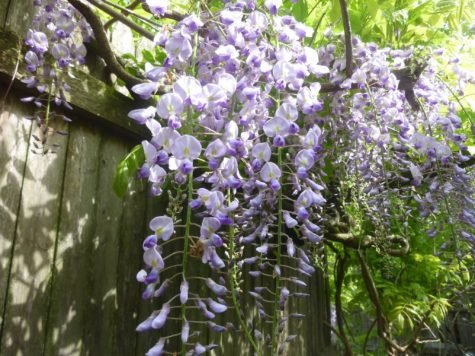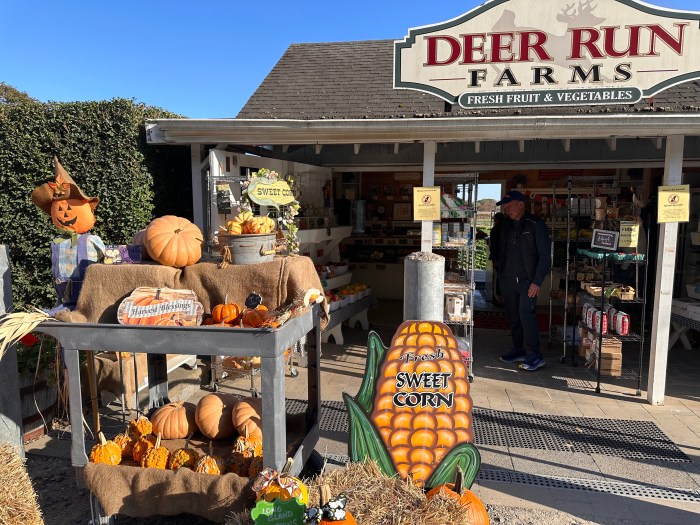by Savannah DoviakIncreasingly warmer days and flowers popping up to bloom tell us that nature is springing back to life and summer is right around the corner. One plant in particular may catch your eye. Draped in beautiful chains of violet flowers and heady perfume, wisteria begins to bloom all over Long Island.Wisteria is beautifully showy and her quick growing vines will have you running to your nearest garden center. You’ll want her to adorn your newly built pergola or engulf your trees in drapes of lush purple hues. But beware. This plant has a mind of its own, and its delicate flowers hide her true strength. Within a few years that new pergola will snap and your trees will soon strangle under the force of wisteria’s strong invasive vines.Fire Island National Seashore Biologist Jordan Raphael has strong opinions on the wisteria plant.“It’s one of the worst invasive species we have on Long Island,” he said. “In its peak bloom you can actually see how widespread wisteria is. Just driving, you can see purple flowers hanging from trees everywhere.”Wisteria takes deep historical roots in New York. The first wisteria seeds were taken from China in the 13th century and eventually brought to New York in 1816. T from distant lands, it had managed to carve out a life in New York the same way so many other American immigrants have. People were drawn to its showiness, often being seen as a sign of wealth, and so it spread.“We actually have a wisteria plant that was planted by one of William Floyd’s slaves near her slave quarters. That plant, or the prior generations of this plant is still on the property,” said Raphael when discussing wisteria’s history on Long Island. The estate, located in Mastic Beach, was home to William Floyd, one of the signers of the Declaration of Independence and became authorized as part of Fire Island National Seashore in 1965.“When it comes to a plant like that it’s really challenging because in a sense it’s a cultural resource, but we don’t want to allow this wisteria to escape into the forest,” Raphael said. “We still try to keep the original vines in the area it was originally planted. It’s invasive, but it does have a history to it. People liked to plant it back then because it was such a showy beautiful flower.”Raphael emphasized that wisteria is detrimental to other plants that much of the wildlife on Fire Island rely on for food. Wisteria runs rampant and it grows fast making it hard to manage. Its deep roots also make it extremely difficult to completely remove. “I cannot advocate planting wisteria whatsoever. My suggestion – if you have it, get it rid of it. If you have to keep it, try to prune it and keep it at bay as much as possible.”In fact, numerous groups are trying to combat against, and inform people about invasive species on Long Island. Long Island Native Plant Initiative and Long Island Natives are two nurseries that only sell plants native to Long Island. They try to inform gardeners about invasive species and fight to replace them with plants native to Long Island. Unfortunately, many nurseries and garden centers in the area do sell invasive species, making it important to always know what you are buying and what sort of characteristics the plant will bring to your yard.Additionally, The Long Island Invasive Species Management Area or LIISMA, is a volunteer cooperative group including non profit organizations, government agencies, nursery professionals and citizens whose mission is “to protect the genetic integrity and heritage of Long Island” through education on invasive species. They offer information on invasive species lists and how to properly manage them as well as fight to put into effect ‘do not sell’ laws. The LIISMA website explains that, “LIISMA brings together representatives from many government agencies, nonprofits, and private businesses to discuss, share and learn from each other the latest invasives strategies and issues.”So as summer nears and the endless garden work begins, keep in mind the plants growing in and around your yard. There has never been a better time than now to learn about and have respect for the land we live on. Keeping Long Island native will only protect and preserve our habitats for the years to come.





























